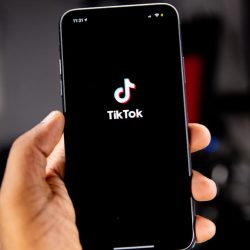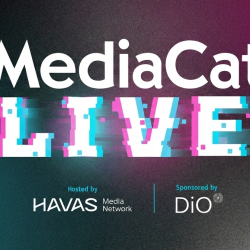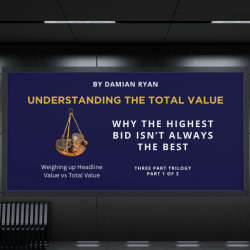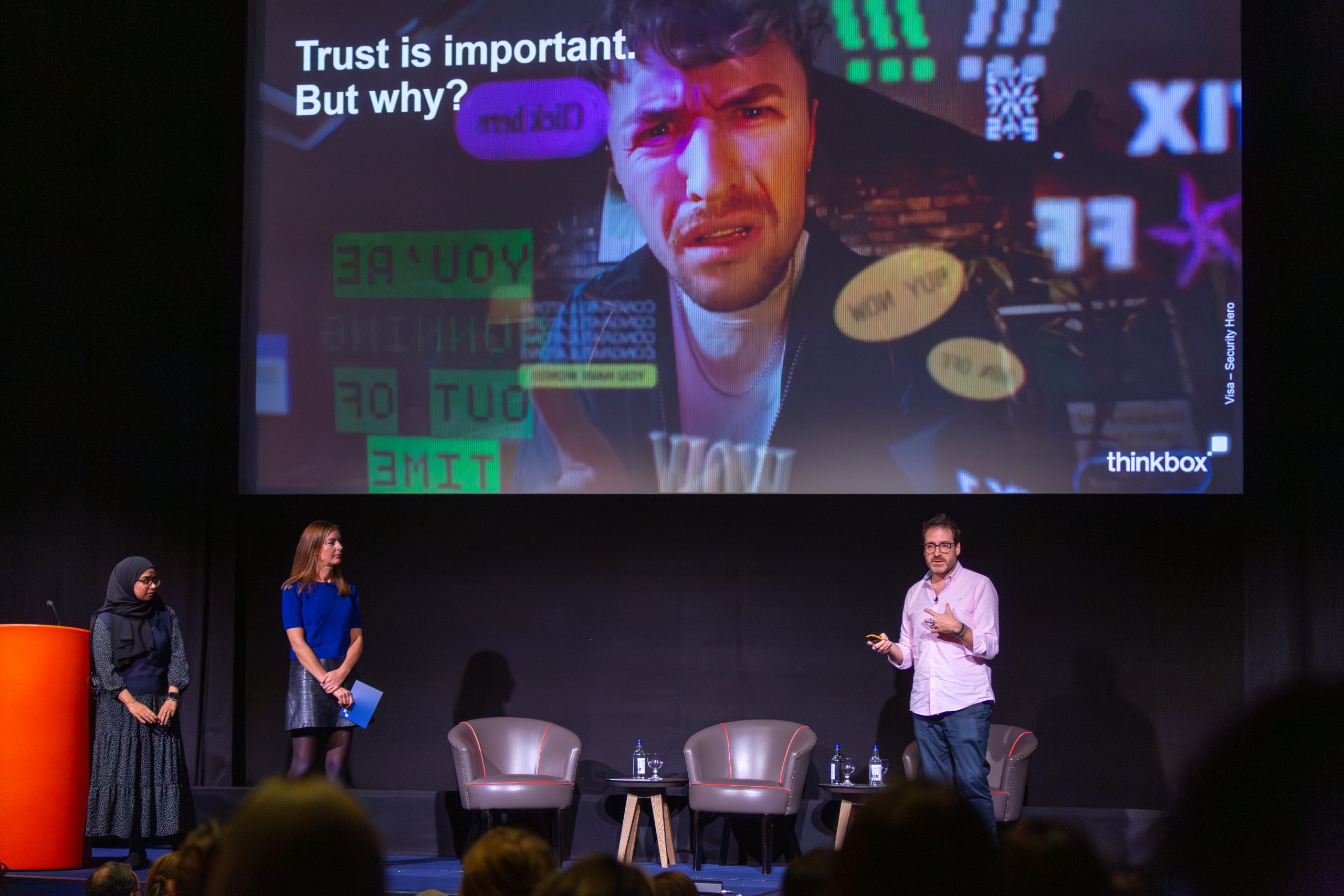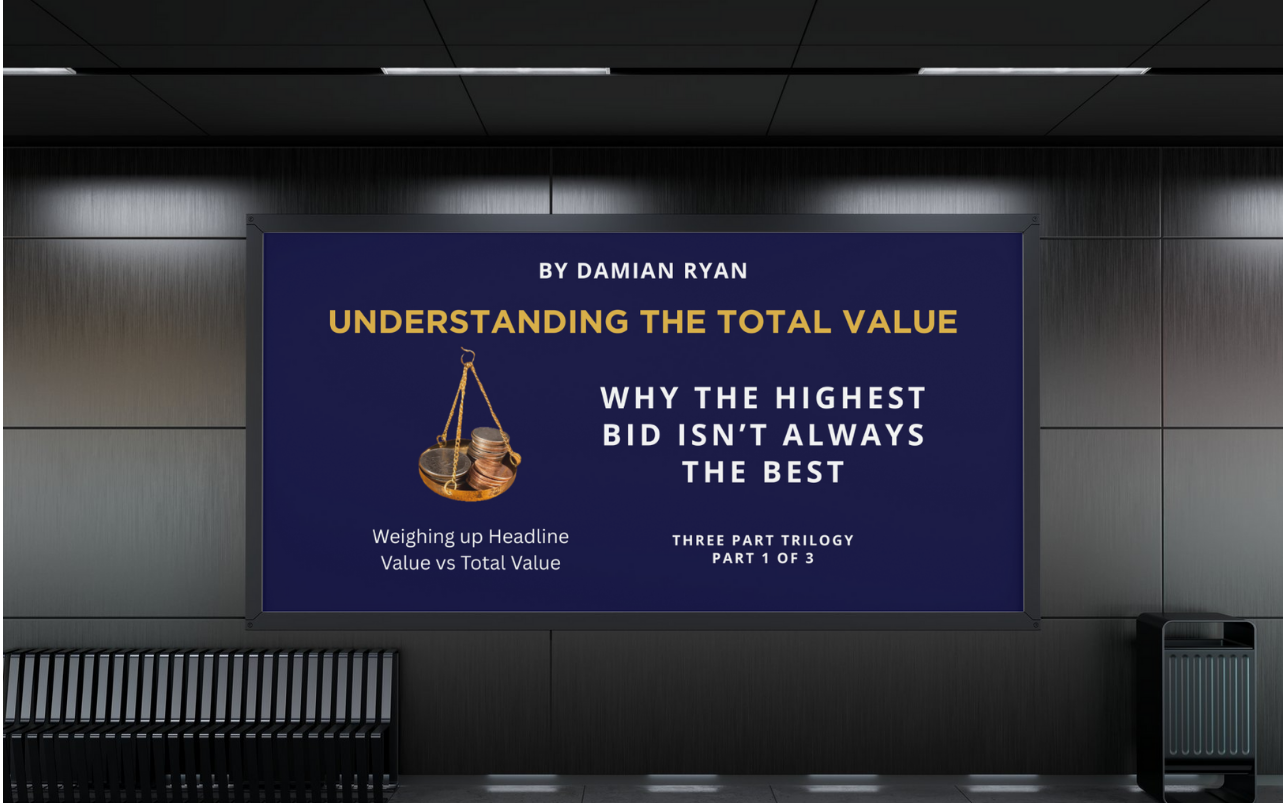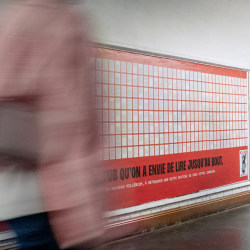Peter Field’s latest defence of television advertising, Five Charts to End the TV Debate, is as bold as its title suggests. Published for ThinkTV, a research association that is ‘dedicated to the advancement of commercial TV’, the piece lays out a data-backed case for why marketers, and media buyers in particular, should be putting more faith (and budget) into TV.
At its core, Field’s argument isn’t new. What’s changed is the clarity of the evidence. Drawing on research from Dr Karen Nelson-Field, Field shows that most digital video ads fail to hold attention for even 2.5 seconds, the minimum amount of time required to reliably generate memory. Worse, fewer than 0.5% of these impressions reach the 10-second mark, where brand impact becomes truly meaningful.
By contrast, TV clears these thresholds with ease. According to the charts Field cites, TV holds attention longer, creates stronger brand memories and delivers significantly better ROI when adjusted for attentive seconds, a metric he believes should replace outdated buying currencies like CPM.
When media is priced on cost per attentive impression (ACPM), the results flip. TV becomes three times more cost-effective than social video and 60% cheaper than digital video platforms. What looks expensive through a CPM lens turns out to be a bargain once attention is properly accounted for.
Field’s broader critique is structural, building on the work he’s produced with long-time collaborator Les Binet. Modern media buying, he argues, has prioritised what’s easy to count over what actually works. The proliferation of short-term performance metrics has led to a widespread undervaluing of upper-funnel, brand-building channels. TV hasn’t stopped working, according to Field, we’ve just stopped measuring it in a way that recognises its value.
All of which raises the more uncomfortable question; if the evidence is this strong, why hasn’t the industry changed course?
Because the truth is, most media buyers already understand that TV works. The challenge is rarely about belief, it’s about risk. Television still feels like a high-stakes channel. Expensive, exposed and hard to test incrementally. You can optimise a digital campaign mid-flight. But with TV, you’re often betting big on a single execution and if it misses, there’s nowhere to hide.
And that kind of risk simply isn’t tenable in today’s agency environment. Margins are tight. Client churn is high. Miss a few KPIs or deliver a campaign that underperforms and it’s not just awkward, it’s existential. Agencies are laying off staff, consolidating teams and battling procurement pressure from every angle. In that context, it’s no surprise that even senior planners choose the safe route, the one that guarantees short-term visibility over long-term value.
As one strategist, Thom Binding, put it on LinkedIn: ‘Every senior marketer I’ve ever worked with believes in the power of TV from an effectiveness point of view. The problem is the perception of risk in terms of short-term investment costs and the idea that if you don’t nail the ad, then everyone is out of a job.’
That’s not a fringe view. It reflects the reality of many buyers. TV might promise high returns but the cost of failure is often too great to justify the gamble.
This is where Field’s piece, for all its merit, falls short of a full solution. Data is only part of the puzzle. What’s really needed is an operational roadmap, one that helps media buyers build TV into their plans without feeling like they’re gambling the client relationship. Attention metrics are a great start, but until they’re standardised, tradeable and baked into planning tools and attribution models, they won’t close the gap between theory and execution.
Field’s work could serve as ammunition. It gives planners a stronger basis for pushing back on narrow performance KPIs. It supports broader experimentation with attention-based currencies. And it puts pressure on the industry to stop letting fear — of budget scrutiny, of creative failure and of short-term targets — dictate media strategy.
But ultimately, the question isn’t whether TV works. It’s whether the conditions are there for it to succeed. Field’s charts are helpful but they won’t end the debate. In practice, the real debate isn’t about TV at all. It’s about whether the industry still has the confidence, and the conditions, to take big, meaningful bets.
Thinkbox’s CSO, Elliott Millard, has written a response to this article. It can be read here.
Main image by Cash Macanaya on Unsplash.



